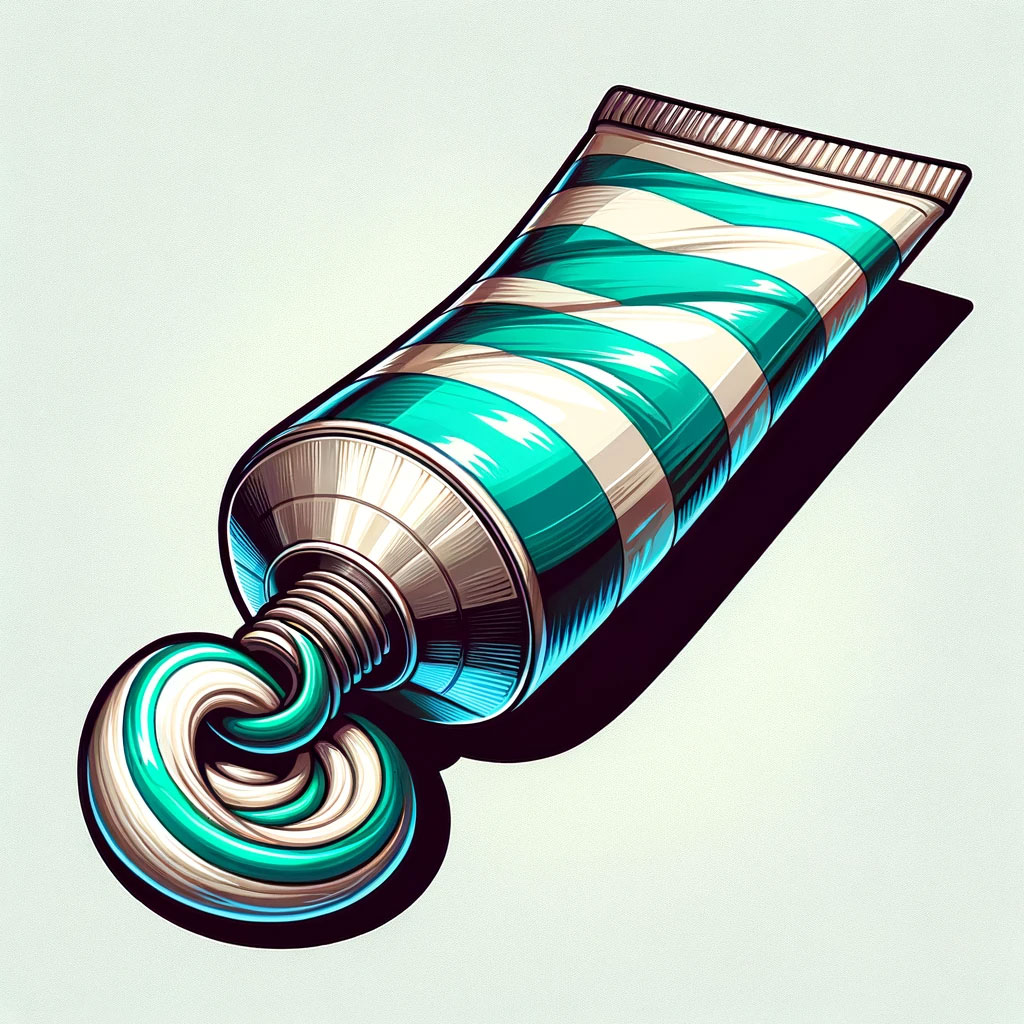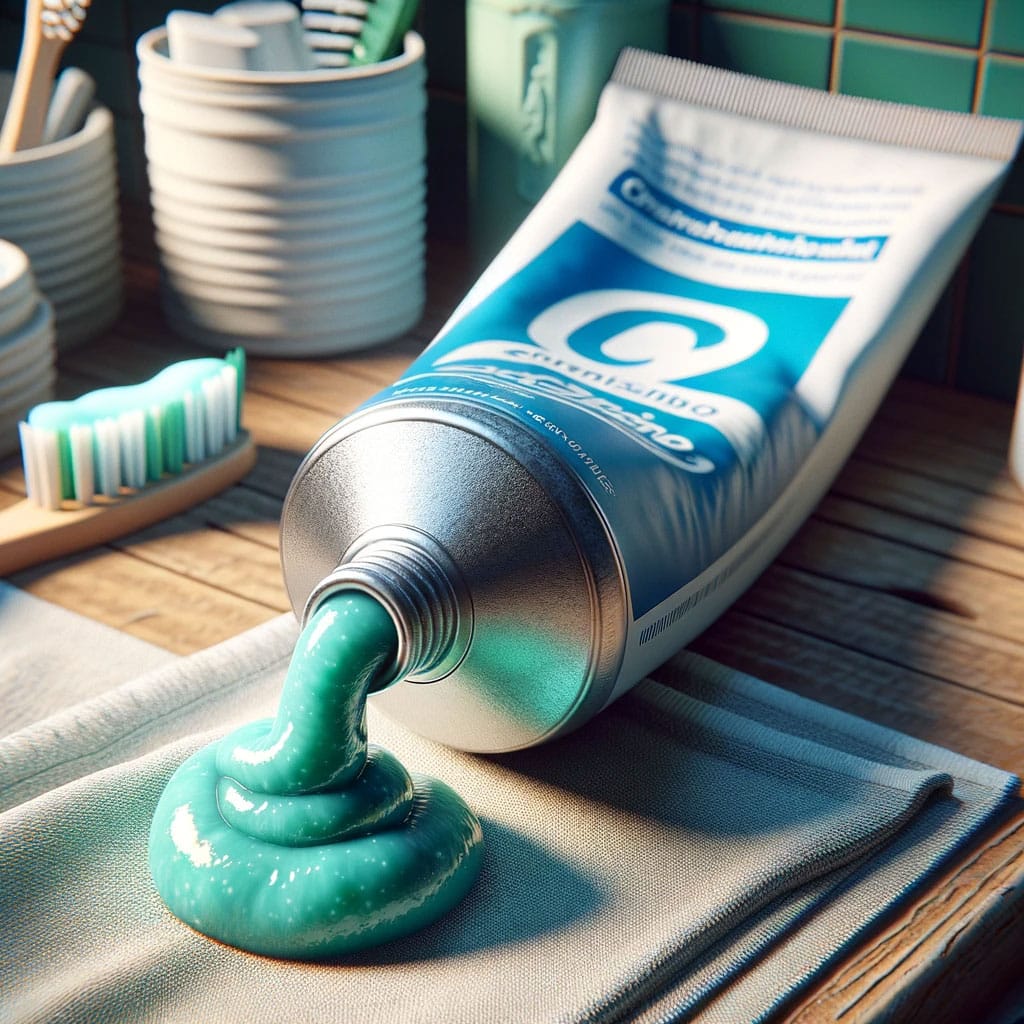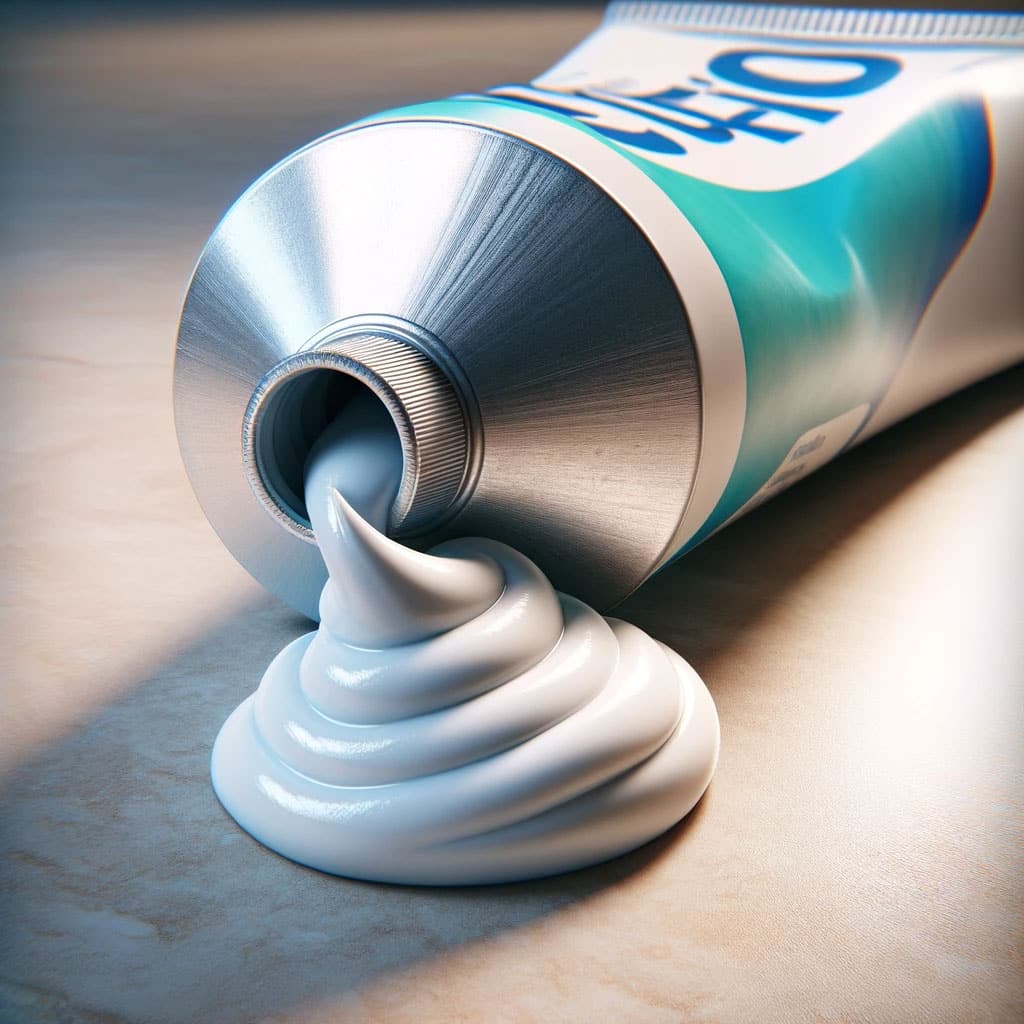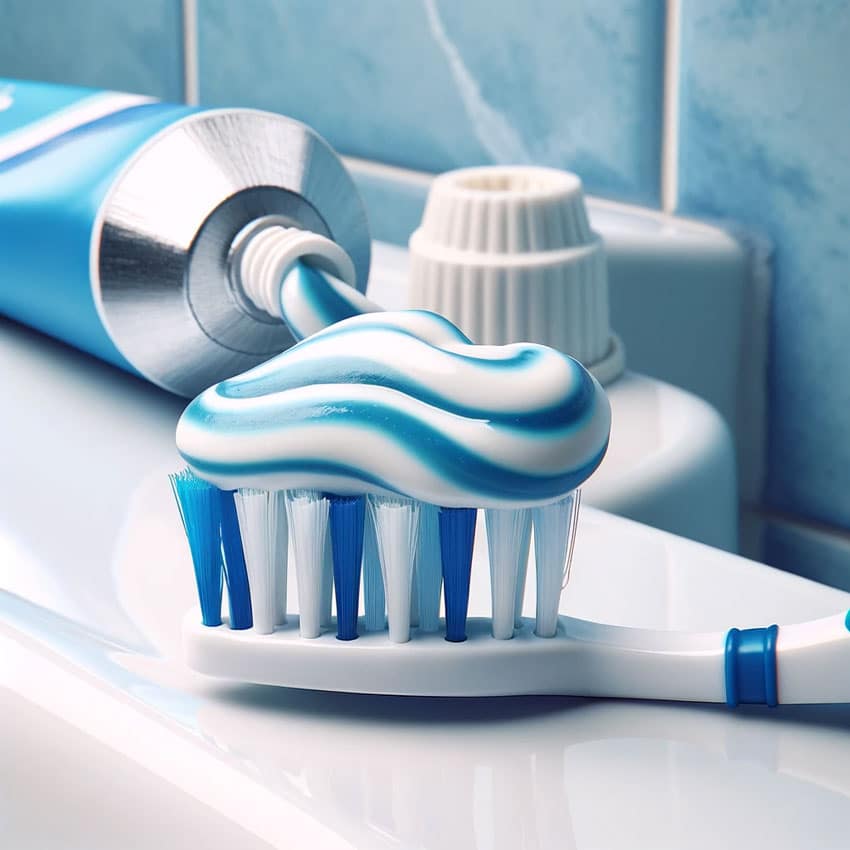This article delves into the age-old home remedy of using toothpaste as a treatment for acne. This article aims to unravel the mystery behind this unconventional practice, examining its origins, the science (or lack thereof) behind it, and the expert opinions that shape our understanding of skincare today.
With a blend of scientific analysis and practical advice, we explore whether this household staple is a hidden gem in acne treatment or merely a myth. Join us as we separate fact from fiction, providing you with the information you need to make informed decisions about your skincare routine.
Understanding Acne and Toothpaste
Acne is a common skin condition that can be influenced by many factors, including the use of various topical products. Toothpaste has been suggested as a home remedy for acne, but understanding its effects requires a closer look at the causes of acne and the ingredients found in toothpaste.

Acne Causes and Types
Acne develops when hair follicles become clogged with oil and dead skin cells. One primary factor in acne development is an increase in oil production, which can provide an environment for bacteria, such as Propionibacterium acnes, to thrive.
Acne manifests in several forms, including blackheads (open clogged pores), whiteheads (closed clogged pores), and more painful, deep-seated cystic acne.
Sensitive skin is more likely to react to various substances, potentially exacerbating acne symptoms. It is essential to understand individual skin types and sensitivities when considering the use of non-conventional treatments such as toothpaste on acne lesions.
Pimple Formation and Toothpaste Ingredients
The formation of a pimple begins when the pore becomes inflamed due to bacteria, leading to redness and swelling. Ingredients in toothpaste such as baking soda, alcohol, and hydrogen peroxide are meant to clean and dry the teeth and can also dry out pimples.
However, some toothpaste ingredients can irritate the skin, especially sensitive skin, and cause further inflammation.
Toothpastes with whitening properties or added flavors contain additional chemicals that could potentially aggravate the skin.
While it’s true that toothpaste can create a drying effect that might seem beneficial in reducing the size of a pimple, its range of ingredients that are not designed for use on the skin can lead to irritation or more severe breakouts. Therefore, it’s advised to approach this home remedy with caution and consider more conventional and clinically-supported acne treatments.

Toothpaste Ingredients Impact on Skin
Toothpaste formulations contain a variety of ingredients, each serving a specific purpose. Some of these substances can interact with the skin, potentially leading to both positive and negative effects.
Role of Specific Ingredients
- Triclosan: Historically, triclosan was included in some toothpaste formulas for its antibacterial properties. However, due to concerns over its efficacy and safety, its use has been limited.
- Salicylic Acid and Benzoyl Peroxide: While not commonly found in toothpaste, these ingredients are recognized for their effectiveness in acne treatment. Salicylic acid aids in unclogging pores, while benzoyl peroxide kills acne-causing bacteria.
- Baking Soda: Known as a mild abrasive, baking soda in toothpaste assists in removing surface stains from teeth and might also help in drying out pimples.
- Alcohol and Hydrogen Peroxide: These substances have drying effects, which can contribute to reducing the size of a blemish.
- Fluoride: Mainly for cavity prevention, fluoride is not known to affect acne.
- Sulfur: Sulfur is beneficial in acne treatments due to its ability to peel off the top layer of skin, but it is rarely present in toothpaste.
- Menthol: Provides a cooling sensation but can be irritating to the skin.
- Sodium Lauryl Sulfate (SLS): SLS acts as a foaming agent but can irritate the skin and strip it of natural oils.
Potential Skin Reactions to Toothpaste
- Drying Ingredients: Toothpaste contains drying agents like alcohol, which might seem beneficial for acne but can lead to excessive dryness and skin irritation.
- Abrasives: Compounds designed to clean and whiten teeth, such as baking soda, have abrasive properties that could damage skin and exacerbate acne lesions.
- Irritants: Certain ingredients like menthol or SLS can cause redness and irritation, particularly in individuals with sensitive skin.
Professional Acne Treatments versus Home Remedies
In the battle against acne, professional treatments, and home remedies present different options for people seeking clear skin. This section will compare dermatologist-recommended treatment options to the commonly tried home remedy of toothpaste.
Recommended Acne Treatment Options
Dermatologists typically prescribe a variety of professional acne treatments that have been proven effective through clinical studies.
Over-the-counter products often contain salicylic acid or benzoyl peroxide, both known for their ability to reduce swelling and fight bacteria within pores. For more stubborn or severe cases, topical retinoids, which are derivatives of Vitamin A, help in unclogging pores and renewing skin cells.
In some cases, dermatologists may prescribe topical antibiotics to kill bacteria and reduce inflammation. Additionally, maintaining a proper skincare routine including a moisturizer that’s suitable for acne-prone skin can be beneficial.
Natural treatments like tea tree oil have also gained popularity, as they have been associated with antimicrobial properties that may help in treating acne.

Comparing Toothpaste to Over-The-Counter Acne Products
Toothpaste has been a widely suggested home remedy for treating individual pimples, often thought to dry out the spot and reduce its appearance. However, this method is not supported by dermatologists due to the potential skin irritation and lack of scientific evidence for its effectiveness.
Toothpaste ingredients can be too harsh, leading to dryness and irritation, rather than acting as a suitable spot treatment.
On the other hand, dedicated acne spot treatments from over-the-counter options specifically designed for acne are more recommendable. Products with concentrated amounts of salicylic acid, for example, are made to target and treat the spot more gently and effectively than the abrasive elements found in toothpaste.
Toothpaste on Acne: Risks and Safety Concerns
While toothpaste has been touted as a quick fix for acne, it is important to understand that this use can lead to several skin complications. Toothpaste ingredients may be too harsh for skin application, potentially causing more harm than good.

Recognizing Harmful Effects
Using toothpaste on acne can lead to skin irritation and inflammation, often resulting in redness and burning sensations. Some toothpaste formulas contain harsh chemicals that are not meant for skin contact, which can strip the skin of its natural oils and disrupt the skin’s barrier.
This disruption can exacerbate flaking, exacerbate inflammation, and even lead to infection. Additionally, individuals may find themselves experiencing side effects like increased redness and skin irritation that can progress to scarring when using toothpaste as an acne treatment.
Best Practices for Acne Management
Those dealing with acne must adhere to a skincare routine designed to prevent acne and promote skin health.
Utilizing anti-inflammatory products and ingredients that are formulated for facial skin can significantly reduce the risk of irritation.
For those looking for alternatives to toothpaste for treating their acne, over-the-counter treatments with proven safety and efficacy are preferred. Products containing benzoyl peroxide, salicylic acid, or tea tree oil are recommended due to their ability to treat acne without the severe side effects associated with toothpaste use on the skin.
Regulatory Perspective and Consumer Guidance
The use of toothpaste as an acne treatment is of particular interest from a regulatory standpoint, and public guidance on skincare practices is continually shaped by evolving scientific understanding.
FDA Stance on Toothpaste as Acne Treatment
The Food and Drug Administration (FDA) does not recognize toothpaste as an approved acne treatment. Toothpaste formulations might contain ingredients such as triclosan or baking soda, which could contribute to a perception that they have a drying effect on blemishes.
However, the FDA’s authority to regulate cosmetics includes oversight of products that claim to treat skin conditions. Since toothpaste is primarily intended for oral hygiene, it does not fall under the category of products designed to prevent acne or serve as spot treatment products.
Advising the Public on Skincare
When advising on skincare, experts emphasize the importance of using products specifically formulated for the skin.
The FDA oversees the safety and efficacy of acne treatment products. In terms of skincare, consumers should prefer products that have established their effectiveness, as indicated in guidance documents for treating acne issued by the Center for Drug Evaluation and Research.
Using non-approved items like toothpaste as a topical treatment can potentially irritate the skin and cause further issues.

